Biosecurity, genome editing, algae and tuna aquaculture on vast agenda
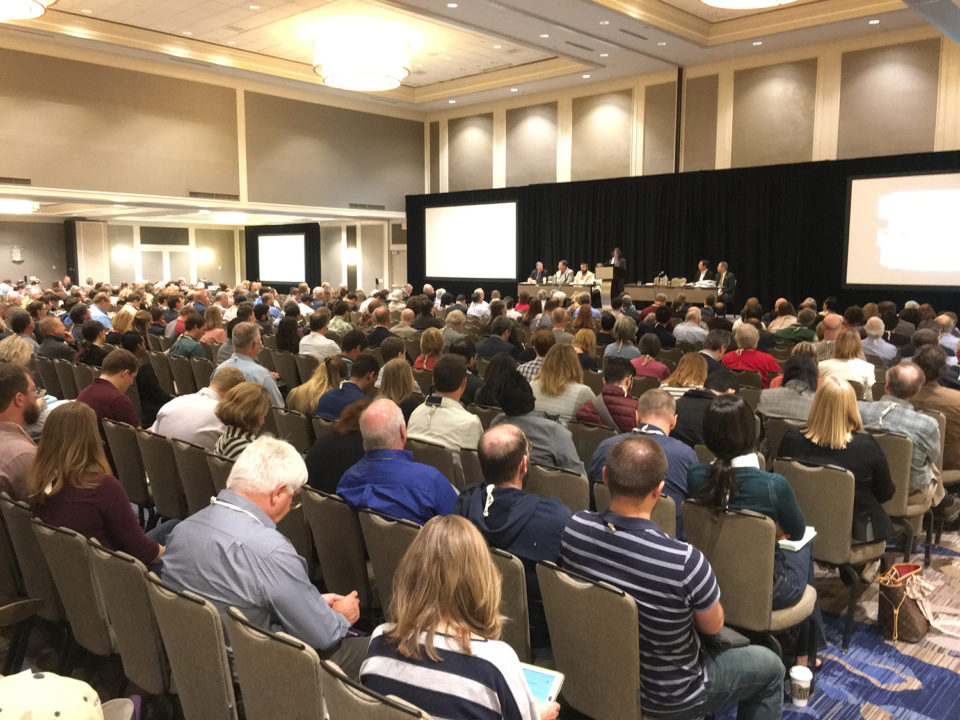
Aquaculture 2019 – held in New Orleans, La., USA, on 7-11 March 2019 – was a triennial event in coalition with the National Shellfisheries Association, the Fish Culture Section of the American Fisheries Society, World Aquaculture Society and the National Aquaculture Association.
The Triennial meetings have continued to grow since their inception in 1989, and the meeting is now the world’s largest and premiere aquaculture conference and trade show. It was attended by 3,500 participants from 84 countries, featuring 104 technical sessions with 1,350 speakers and 225 posters, and a trade show with 205 booths. The event also celebrated the 50thanniversary of the World Aquaculture Society.
The plenary session address was given by Dr. Peter Cook (University of Western Australia, Australia), who discussed the impacts of aquaculture certification schemes on the environment and industry.
“To produce more seafood without increasing harm to the environment or to future human populations, it will be necessary to not only to find new and innovative ways to operate aquaculture farms, but also to find ways to recognize and reward those farms that do the right thing,” he said. “Can internationally recognized certification schemes help achieve this?”
Cook then discussed three reasons why aquaculture operators think it is of value to seek certification by various global certification schemes.
“Given that any form of certification is likely to incur additional costs, why would any aquaculture operation want to become certified?” he asked. One possible reason is the perception that certified seafood is likely to get a premium price in the market, which he thought was highly unlikely and “the fact that an aquaculture farm receives certification generally does not produce a better price in the market, even though there are a couple of examples that it is possible to achieve a premium, but that’s not why farmers should go for certification.”
“A more important reason for certification is that it often provides access to markets that would otherwise be denied, and this is becoming more and more the case,” he argued, in particular in North America and Europe where many retail chains have committed to – by a specific date – only have internationally certified seafood “mostly because of NGO campaigns.”
And he concluded that “another reason to get certification is that it provides farms with “a social license to operate, because new farms, when established, have to go through stringent environmental impact assessments, in part to assess the possible environmental impact of the farm, but also to gain the approval of the community where the farm is located.”
Shrimp biosecurity: Reducing the economic impact of diseases
Dr. Sudharma Choosuk (Charoen Pokphand Foods Public Company, Bangkok, Thailand) reported on biosecurity for nucleus breeding as the concept that defines Specific Pathogen Free (SPF) shrimp. He explained that SPF shrimp require a comprehensive quarantine process to prove the stocks are free of the specific pathogens targeted. However, from the production point of view, all pathogens, both known and unknown should be targeted.
Once the shrimp have been declared SPF through this quarantine process, which takes a minimum time of two consecutive years of negative testing results, they must be reared and reproduced in an area referred to as the nucleus, where the strictest biosecurity measures are enforced to keep all pathogens out.
“Constant surveillance is required, PCR is required for known pathogens, histology for unknown ones, and then the observation of the shrimp themselves for clinical signs,” Choosuk said. “Only when this strict biosecurity and surveillance program are practiced, can the shrimp be recognized as SPF.”
Dr. Victoria Alday-Sanz (National Aquaculture Group, AL Lith, Kingdom of Saudi Arabia) presented a talk on facts and myths about SPF shrimp in aquaculture. She discussed the original shrimp domestication and genetic improvement programs by the United States Marine Shrimp Farming Program (USMSFP) and other similar programs elsewhere, and the concepts of specific pathogen resistant (SPR) shrimp, specific pathogen tolerant (SPT) shrimp and even “all pathogen exposed” (APE) shrimp.
“These terms became commercial, which led to confusion in the shrimp industry about the meaning, relationship and significance of these new terms with respect to SPF,” she said.
Alday-Sanz then discussed these concepts, provided science-based definitions, reconfirmed the importance of developing, maintaining and using domesticated, specific pathogen free (SPF) shrimp stocks (which may also achieve SPR and/or SPT status) to reduce the risk of disease outbreaks and increase production and profit. Alday-Sanz concluded by calling for “internationally agreed science and evidence-based technical guidelines for producing healthy shrimp.”
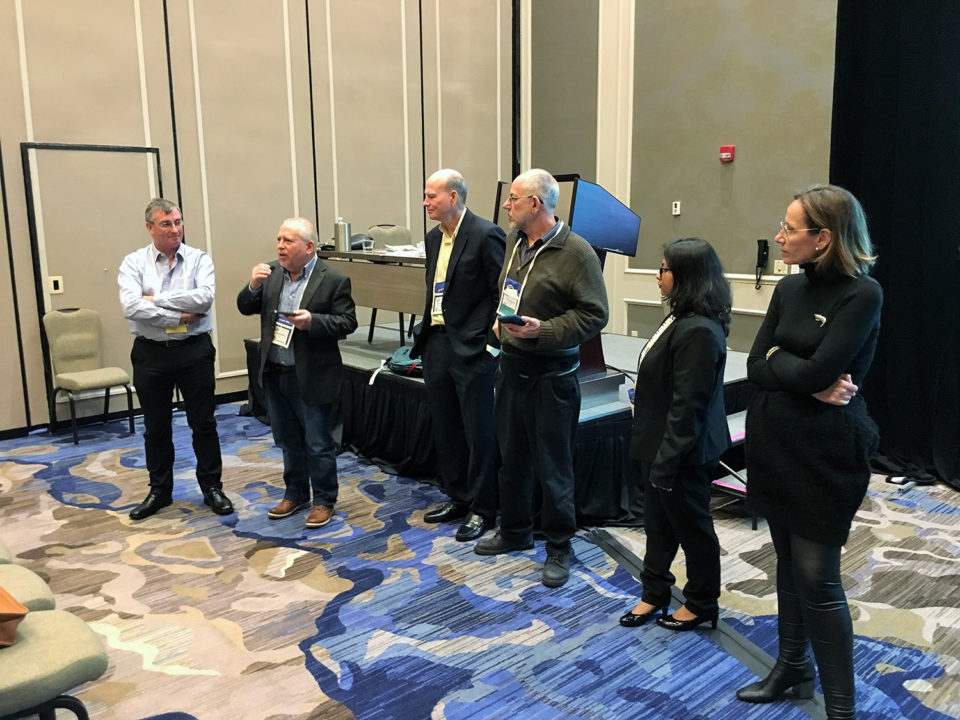
Dr. Craig Browdy (Zeigler Aquaculture Research Center, Florida Atlantic University, Fort Pierce, Fla., USA) gave a comprehensive talk on shrimp health management, with the central theme that disease prevention begins in the hatchery. He said that the management of shrimp health is a prerequisite for sustaining industry profitability. Emergence of pathogens, global transfers and associated epidemic mortalities have plagued shrimp producers for decades. The stocking of strong, healthy disease tolerant postlarvae (PL) remains a key prerequisite for successful shrimp production worldwide.
“Production of healthy PLs requires the control of introduction and proliferation of pathogens during larval culture… risks associated with transfer of disease into the hatchery through broodstock are currently accepted with varying degrees of quarantine and selection instituted to manage health,” he said.
“Strategies to reduce the risks associated with hatchery feeds include careful screening or irradiation of frozen feeds, production of artemia and algae in highly controlled systems, and the use of new and improved, live and frozen feed replacements. As formulated hatchery feeds and probiotics improve, the need for live and fresh feeds will be reduced, resulting in reduced decrease risks and improved larval health,” Browdy continued. “Producing healthier faster growing PLs requires investments in disease control. In an increasingly competitive shrimp market, the most profitable farms will be those that understand the value of investing in strategies for enhanced PL quality to improve growth, survival and consistency of overall farm productivity.”
Robins McIntosh (Charoen Pokphand Foods Limited, Bangkok, Thailand) discussed shrimp farm biosecurity in Asia has evolved via an holistic approach.
“My first experience with the meaning of shrimp farm biosecurity centered on the exclusion of primary pathogens; which in the 1990s were shrimp viruses such as White Spot Syndrome Virus (WSSV),” he said. “Soon it became apparent that some viruses were difficult to exclude from a farm; such as the Taura Syndrome Virus (TSV); and for these pathogens genetic tolerance in the shrimp had to be developed.”
McIntosh said that systems based on total exclusion or tolerance worked well until a new disease caused by Vibrio parahemolyticus carrier of certain toxin genes hit the shrimp farming industry, and the traditional and typical exclusionary management measures no longer were effective, prompting new concepts of shrimp biosecurity to be included in farm management protocols.
“These new concepts emphasized reducing the prevalence (not elimination) of the pathogen; whereas at the same time, we worked on increasing the robustness of the shrimp through both genetics and promoting pond environmental stability,” he said.
Dan Fegan (SyAqua Siam Inc. Bangkok, Thailand) discussed international management of animal health, including that of aquatic animals, which is coordinated by the World Animal Health Organisation (OIE). He reviewed the current control of biosecurity at international level and provided some thoughts on how it could be improved.
“It is very difficult to address many of these biosecurity issues on a global level, because they are subject to international political and treaty agreements of the Sanitary and Phytosanitary (SPS) Agreement of the World Trade Organisation, and within intergovernmental agencies by the World Organisation for Animal Health (OIE),” he said. “The lack of sufficient political will among a majority of countries to properly address these issues makes it hard to implement concerted action to change the status quo.”
Fegan also mentioned that influential players in a country are often able to bring significant political pressure on the local authorities to restrict imports while allowing exports contrary to the spirit – if not the letter – of the SPS agreement, and finished his talk by saying, “If we fail to address these issues, it will ultimately result in the ongoing spread and transmission of shrimp diseases.”
Dr. James L. Anderson (Institute for Sustainable Food Systems, University of Florida, Gainesville, Fla., USA) discussed the economics of aquaculture disease.
“Despite disease being a highly important, if not the most important, constraint to aquaculture growth and business risk, there are very few rigorous studies available on the economics of diseases in aquaculture,” he said.
Anderson reviewed the relatively few studies that evaluate the economics of disease in aquaculture and discussed their limitations, and made the case that “the limitations and lack of the existing studies increases uncertainty and undermines investor confidence.”
He then discussed a model that evaluates the risks of economic failure resulting from disease under different biosecurity management systems.
“Disease is generally viewed as the number one constraint to the growth of global shrimp industry, as disease costs are substantial. But there is room for much innovation and improvement in prevention techniques, management, understanding of health and governance systems,” he said. “And economic models can be used to quantify the risks and returns of disease management in both the public and private settings, but there has been surprisingly limited research in this area thus far.”
Genetic engineering in aquaculture
Dr. John Buchanan (Center for Aquaculture Technologies, San Diego, Calif., USA) discussed the current status of genetic engineering in aquaculture. He mentioned that “with the commercialization of the first genetically engineered food animal, the AquaBounty AquAdvantage Salmon, we have entered a new era in genetic engineering in aquaculture.”
Buchanan also said that fish and shellfish make appealing targets for genetic manipulation, because they produce large numbers of eggs that are typically easily manipulated, and aquaculture has continually been a rapidly growing sector of food production with need for increased production efficiency. Accordingly, successful creation of transgenic lines has been reported for over 50 species of finfish and shellfish and high throughput techniques established.
“With the advances in genome editing in recent years, exciting new possibilities in both genetic engineering and the regulatory process are upon us,” he concluded. “Genome editing is increasingly considered as ‘precision breeding,’ and a component of the toolbox for genetic improvement. The current state of the art in genetic engineering in aquaculture is impressive and improving.”
Algae for aquafeeds
Dr. John Benemann (MicroBio Engineering, Inc., San Luis Obispo, Calif., USA) presented on algae as a potential future source of aquaculture feeds due to their high contents of proteins, omega-3s and other unsaturated fatty acids, vitamins, pigments, immune stimulating factors and other nutritional and health promoting substances.
“Attention is now focusing on larger-scale microalgae production for low-cost commodity feeds,” he said. “Of particular attraction is the potential of marine microalgae to substitute for fish meal and fish oils high in long-chain omega-3 oils, for which demand is rapidly increasing, but supplies are not.”
Benemann mentioned that many research projects and private companies are now advancing the technology for low-cost large-scale commercial production of a variety of microalgae aquafeeds, as whole biomass or isolated components, from proteins to high-value pigments and vitamins, and that their challenge is to reduce current commercial microalgae biomass production costs by an order of magnitude.
He reviewed various examples of current developments in the United States, Europe and elsewhere as well as future prospects for microalgae feeds production technology discussed, and concluded, “If successful, the rapidly growing aquaculture industry will benefit from microalgae feed products through improved nutrition and reduced costs using environmentally sustainable resources.”
Marine fishes
Dr. Daniel Benetti (University of Miami, Fla., USA) presented an updated review on tuna aquaculture worldwide. He discussed tuna ranching and tuna fattening.
“Both activities operate at the intersection between the aquaculture and fisheries sectors, since wild-caught tuna juveniles are stocked in cages for fattening or ranching and are fed small pelagic fish (sardines, pilchards, mackerel, etc.). These activities are ecologically efficient and economic profitable but take a severe toll on both small pelagics and tuna fishery stocks,” he said. “Tuna fattening and ranching blur the line between fisheries and aquaculture and are so intertwined that it is difficult to analyze them separately. Hence, it is necessary that aquaculture and fisheries scientists continue to combine efforts and expertise to rely on science-based criteria and decisions aiming at ensuring the future sustainability of the wild stocks.”
Benetti also reported that tuna ranching and fattening operations have been continuously improving efficiency for both economic and ecological reasons, but that tuna close-cycle aquaculture still faces important challenges before mass production of juveniles to supply the growout industry can be achieved.
“Closing their life cycle and the development of ecologically and economically efficient feeds that meet the specific nutritional requirements of tuna at the various developmental stages are required to ensure the future of tuna production and the conservation of tuna species,” he said.
Follow the Advocate on Twitter @GAA_Advocate
Now that you've reached the end of the article ...
… please consider supporting GSA’s mission to advance responsible seafood practices through education, advocacy and third-party assurances. The Advocate aims to document the evolution of responsible seafood practices and share the expansive knowledge of our vast network of contributors.
By becoming a Global Seafood Alliance member, you’re ensuring that all of the pre-competitive work we do through member benefits, resources and events can continue. Individual membership costs just $50 a year.
Not a GSA member? Join us.
Author
-

Darryl E. Jory, Ph.D.
Editor Emeritus
Global Aquaculture Alliance[103,114,111,46,101,99,110,97,105,108,108,97,101,114,117,116,108,117,99,97,117,113,97,64,121,114,111,106,46,108,121,114,114,97,100]
Related Posts
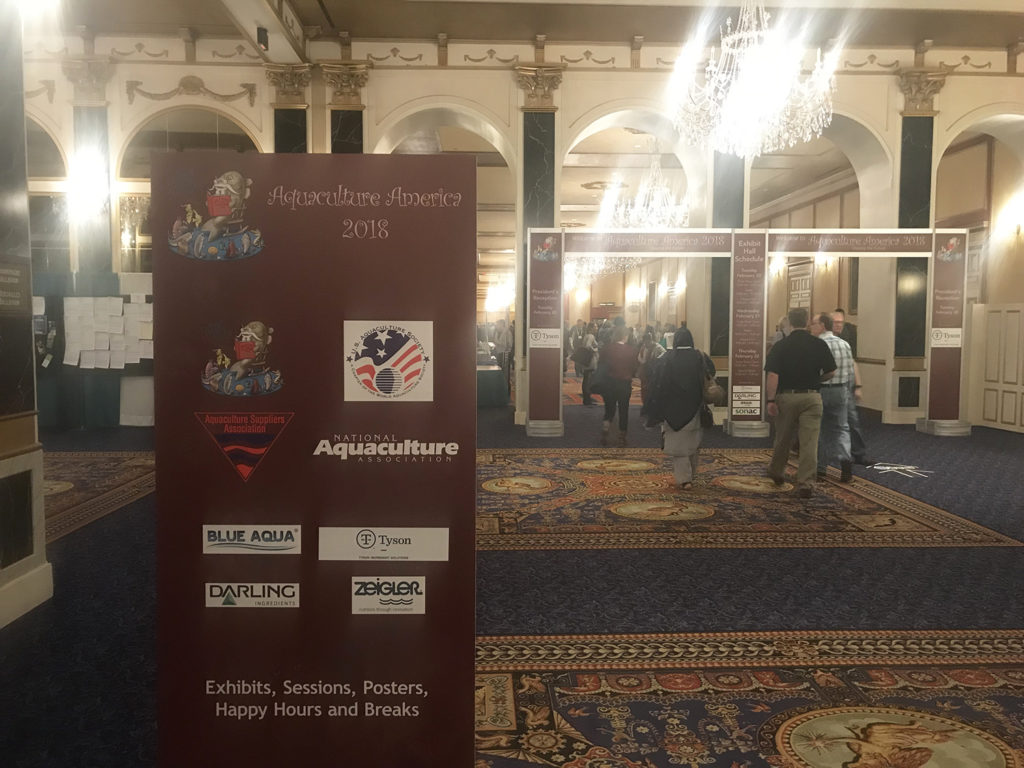
Innovation & Investment
At Aquaculture America 2018, signs of support for thriving domestic industry
Aquaculture must reshape its public narrative in order for the blue revolution to transpire. That’s what many prominent voices were saying at the World Aquaculture Society’s annual U.S. conference in Las Vegas.
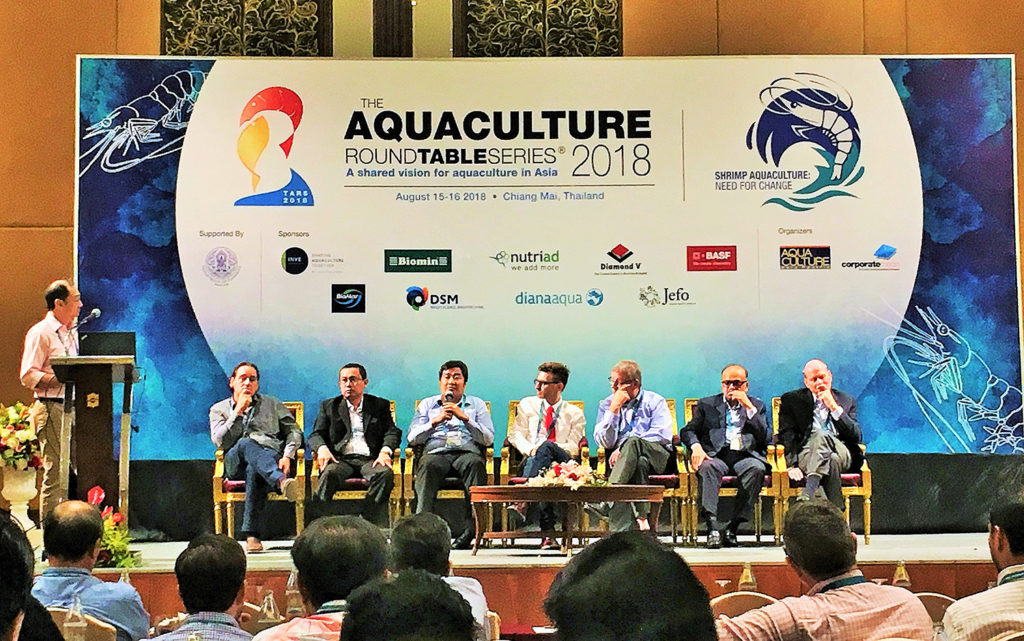
Intelligence
At Aquaculture Roundtable Series, talk of change for Thai shrimp
The theme of the Aquaculture Roundtable Series in Chiang Mai was “Need For Change.” That means innovations in all production phases of Thai shrimp.
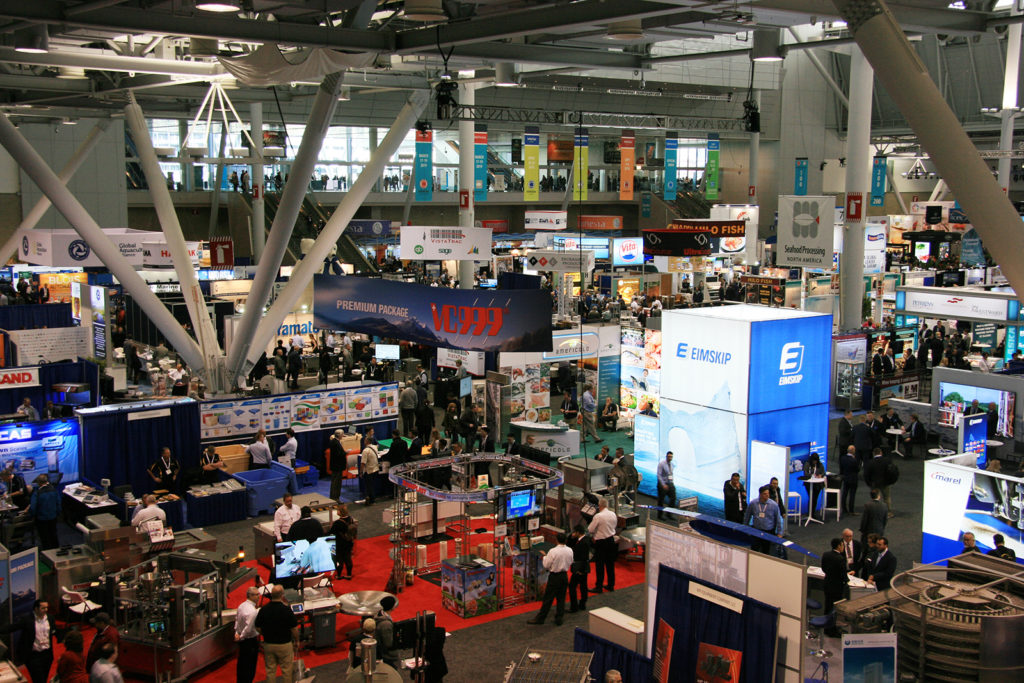
Intelligence
Canned mahimahi and more bits from Boston
Global Aquaculture Advocate Editor James Wright is covering Seafood Expo North America in Boston, Mass., USA. Check back periodically for updates.
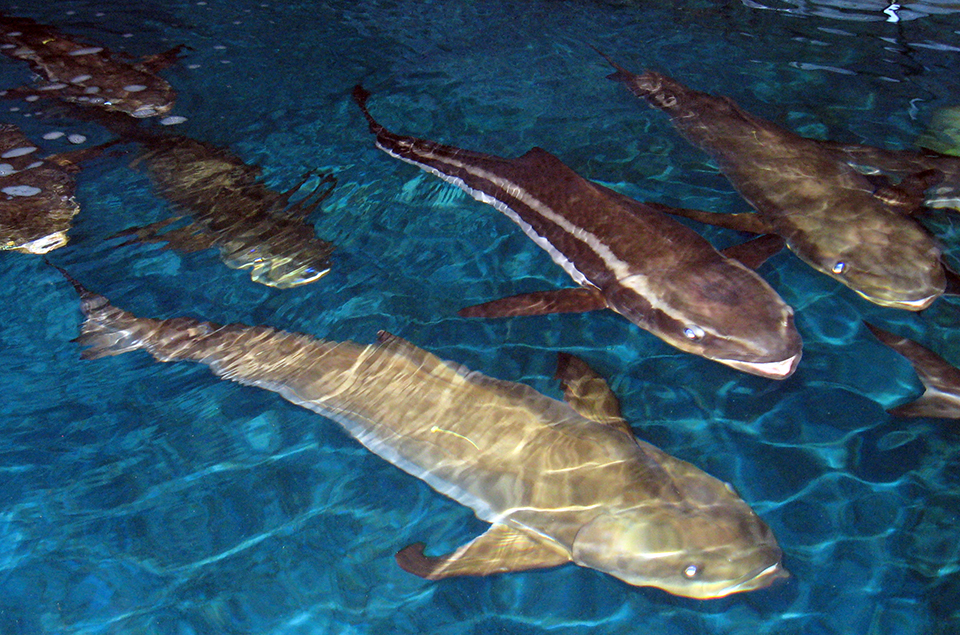
Health & Welfare
Cobia hatchery-to-market technology at UMEH
Cobia is a top emerging candidate for tropical and subtropical marine fish aquaculture. The University of Miami Experimental Hatchery has led ongoing research to advance the viability of raising hatchery-reared cobia.

